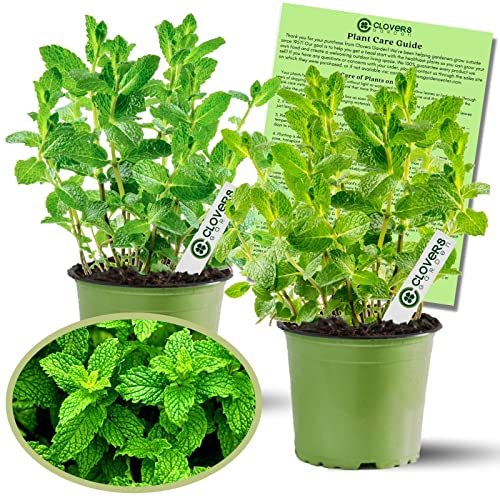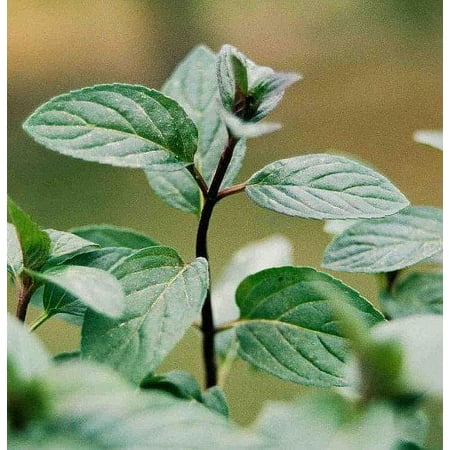Tomato plants can be healthier and stronger if you plant them near this 1 common garden herb – and it's not the one you expect
Discover the three reasons you should plant mint with tomatoes
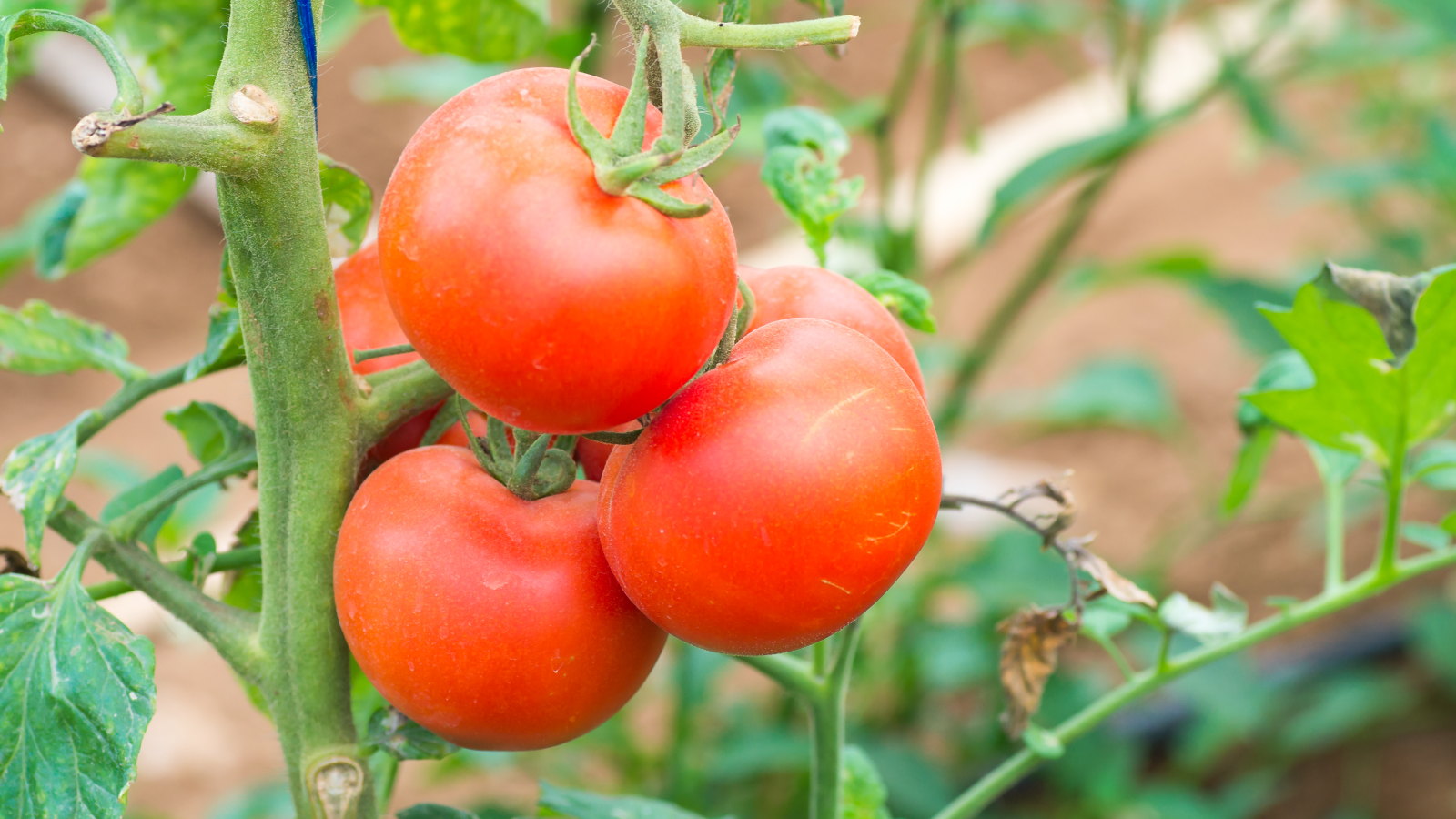

Growing tomatoes is universally popular, and every grower envisions healthy plants laden with lots of flowers and fruits. What if I were to tell you that one common garden herb can help keep plants safe and guarantee you a bumper harvest?
It sounds too good to be true, right? And, the best part? Many of you may already have that common herb in your garden without even knowing the potential benefits it offers for tomato companion planting. So, what is this herb? I hear you all scream the same question. The answer is mint (though I bet many expected me to say basil).
If you plant mint with tomatoes, it can repel many pests, attract beneficial insects to eat troublesome pests, and bring in wildlife to pollinate the tomato flowers. Let’s look at it in more detail, plus I reveal the one important caveat to remember if you do want to plant mint with tomatoes.

Is mint a good companion plant for tomatoes?
I have been growing tomatoes for many years. I have grown tomatoes of different shapes, sizes, and colors both as a professional gardener and on my home plots.
I admittedly have my favourite plants for companion planting, such as marigolds in a vegetable garden to deter pests and nasturtiums for pest control. However, herbs also have fantastic potential as companions for many vegetables.
Mint is one of the most commonly seen herbs in gardens, but it is rarely paired with tomatoes. Many gardeners grow basil as a tomato companion plant, as it is thought to improve the flavor and yield, yet mint is overlooked. This means many gardeners are missing out on the benefits of this excellent companion planting combination.
If you do grow mint, consider putting it near your tomatoes as it offers the following three benefits.
Design expertise in your inbox – from inspiring decorating ideas and beautiful celebrity homes to practical gardening advice and shopping round-ups.
1. Mint repels pests
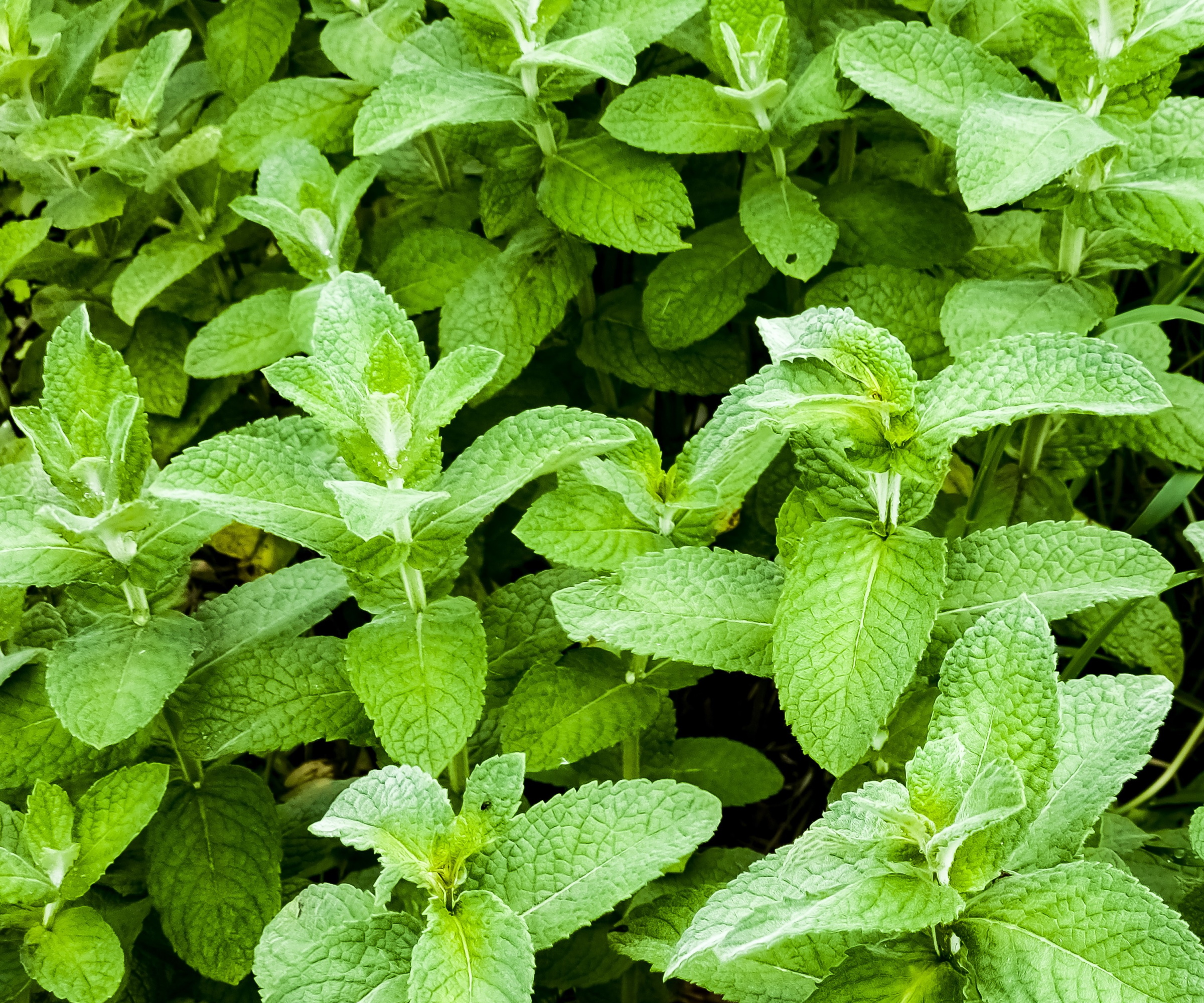
It is the strong smell from the aromatic herb that makes it a great option for companion planting. Common garden pests, including aphids, flea beetles, flies, beetles, moths, caterpillars, and spiders, all dislike the pungent aroma from mint plants.
When you plant mint with tomatoes, the distinctive smell it emits protects the tomato plants as the pests turn up their nose and keep a safe distance. It prevents tomatoes from potentially being affected by pests that may suck sap from leaves and stems, chew holes in leaves, or ruin the fruits.
It is simple to keep benefiting from the maximum benefits. While you are out in the garden watering, feeding, or pruning tomato plants, regularly stroke the mint to release the aroma into the air.
Also, keep harvesting mint regularly for teas, sauces, or cocktails, as this will keep that strong smell in the air around the nearby tomatoes, to the disgust of the pests.
2. Mint attracts beneficial insects
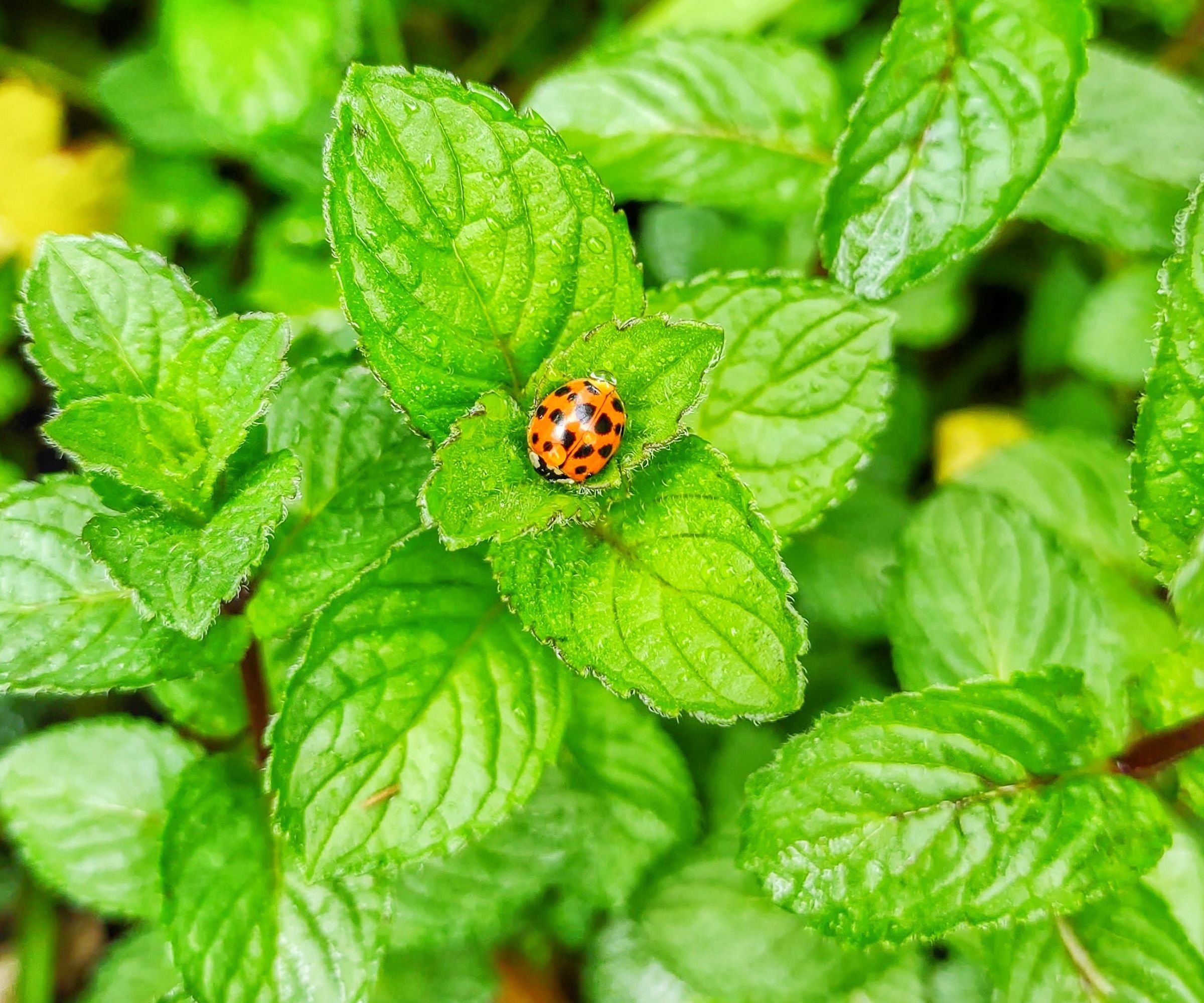
Mint is also great for natural pest control as it not only repels troublesome pests but also attracts other beneficial insects. It offers the best of both worlds, deterring the bad but welcoming the good.
Hoverflies, lacewings, ladybugs, and predatory wasps are among those beneficials that are attracted by the smell and nectar-rich blossoms produced by the mint plants.
These beneficial insects help gardeners by eating pests like aphids, whiteflies, caterpillars, thrips, leafhoppers, and more. It means populations are controlled before they do too much damage.
Creating a wildlife garden that attracts beneficial insects helps prevent pests from destroying plants or spreading diseases and pathogens around the garden. Using natural methods to repel or combat pests is always preferable to reaching for chemical products, especially when growing edibles.
3. Mint attracts pollinators

Mint offers more than just pest control, however, as the herb can help boost your tomato harvest. You may wonder how planting mint with tomatoes makes the tomato plants more productive – it is all down to the pollinators that are attracted to the colorful and nectar-rich blooms of the mint.
There are hundreds of mint varieties, which come in different sizes, flavours, and scents, although the plants predominantly bear white, pink, or purple flowers. The blooms are rich in nectar, attracting bees, butterflies, and other pollinators to the garden in droves.
More pollinators flying around the vicinity means they will be drawn to the attractive tomato flowers and pollinate them for you, helping increase your yield of delicious fruits throughout the summer.
I mentioned a caveat, didn't I? Well, here it is. That is to always plant mint in pots, or keep it contained, rather than planting mint directly into the ground.
Mint is a vigorous plant that can spread quickly by underground rhizomes, swamping other plants. It is always advisable to grow the herb in pots, or in a herb planter, as it may be difficult to ever get rid of if it is planted in the ground unconstrained.
Grow your mint in pots and arrange them around your tomato plants to offer the three great benefits that come from planting mint with tomatoes.

Drew has worked as a writer since 2008 and was also a professional gardener for many years. As a trained horticulturist, he worked in prestigious historic gardens, including Hanbury Hall and the world-famous Hidcote Manor Garden. He also spent time as a specialist kitchen gardener at Soho Farmhouse and Netherby Hall, where he grew vegetables, fruit, herbs, and cut flowers for restaurants. Drew has written for numerous print and online publications and is an allotment holder and garden blogger. He is shortlisted for the Digital Gardening Writer of the Year at the 2025 Garden Media Guild Awards.
You must confirm your public display name before commenting
Please logout and then login again, you will then be prompted to enter your display name.
